Effective Self-Defense Tactics and Techniques for Security Guards
In the high-stakes world of security, self-defense is more than just a skill—it’s an essential part of a security guard’s training and day-to-day readiness. From safeguarding high-risk areas to providing executive protection, the role of a security guard often demands quick reflexes, sound judgment, and tactical prowess. Learning effective self-defense tactics empowers guards to handle potentially hostile situations, ensuring their own safety and the safety of others. This article explores critical self-defense techniques every security guard should master, from situational awareness to the responsible use of defensive tools. Whether operating in educational institutions, securing VIPs, or managing entry points as static security guards, mastering these self-defense fundamentals is key to maintaining a safe and controlled environment.
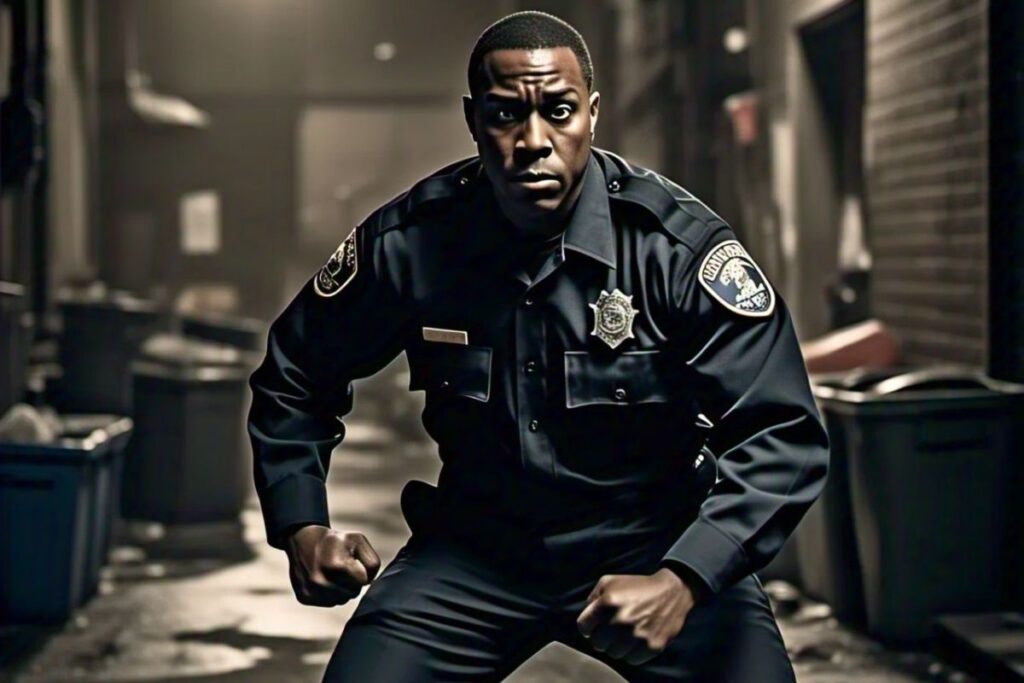
Situational Awareness: The Cornerstone of Security
Situational awareness is arguably the most important aspect of a security guard’s self-defense toolkit. It involves being highly attuned to the environment, identifying unusual behavior, and staying alert for signs of potential threats. This skill enables guards to prevent incidents before they escalate, especially in high-risk areas where quick response time is crucial. By understanding the subtle cues—such as unusual body language or suspicious actions—guards can take preventative measures, staying a step ahead of potential confrontations. When providing static security, situational awareness helps guards monitor activity consistently, reducing risks by identifying issues early on.
For security guards operating in educational institutions or high-traffic environments, this skill is especially valuable. A well-trained security professional can anticipate and de-escalate incidents before they turn into security breaches, helping create a safer atmosphere for students and staff alike. You can learn more about how guards contribute to safe educational environments here.

De-escalation Techniques: Reducing Conflict Without Physical Force
De-escalation is a critical technique for security guards, allowing them to manage aggressive situations without resorting to physical force. This skill is vital in areas where security presence alone might not deter unruly behavior, such as high-traffic public areas or during executive protection tasks. Effective de-escalation relies on verbal strategies, calm demeanor, and active listening, helping guards manage intense situations by reducing aggression levels. For instance, in a high-stress environment where VIPs are present, guards who employ de-escalation can handle disruptions diplomatically, maintaining order while minimizing risk.
Utilizing open body language, speaking in a calm, measured tone, and acknowledging the individual’s concerns can have a significant impact on calming situations. Guards should remember that de-escalation doesn’t mean yielding but rather taking control through empathy and effective communication. For more insights on managing security for VIPs, refer to this guide on executive protection.
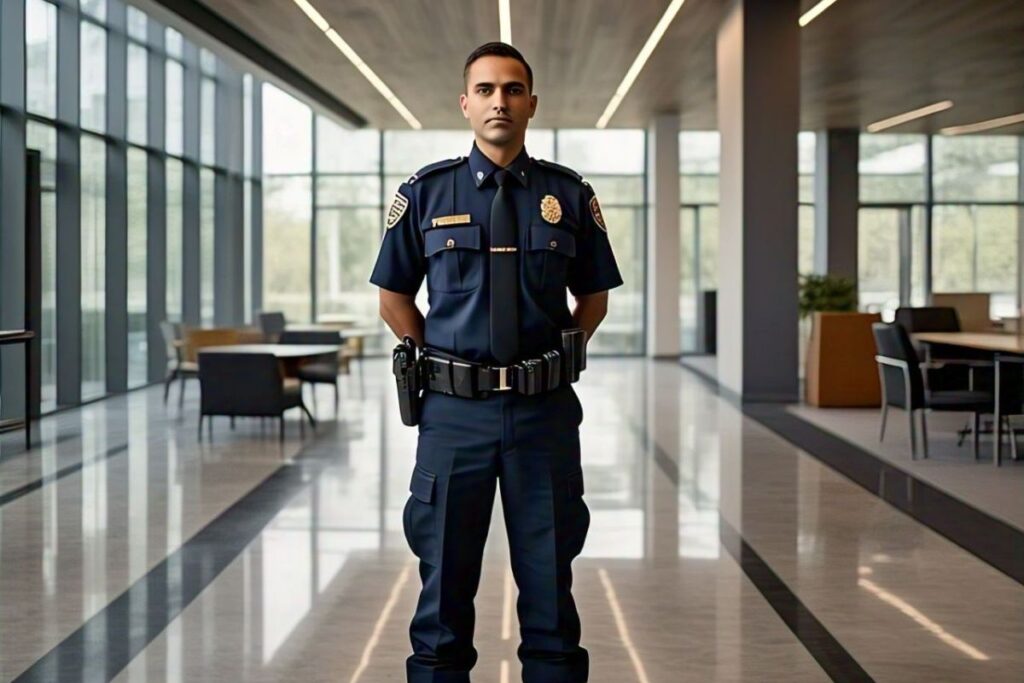
Basic Physical Defense Tactics: Essential Moves Every Guard Should Know
Physical defense tactics are essential for guards to protect themselves and others if a situation escalates into physical confrontation. Guards should master a solid defensive stance, proper footwork, and basic blocking techniques. A strong, balanced stance with a slight bend in the knees allows guards to maintain control and remain prepared to respond to an aggressor. Blocking techniques using the forearms or hands can shield guards from strikes, helping them remain safe until they can exit the confrontation or gain control of the individual.
Practicing these tactics in regular training ensures that guards can handle unexpected confrontations calmly and effectively. In scenarios such as controlling entry points for static security or when managing large crowds, mastering these defensive techniques can prove invaluable. To learn more about how static guards contribute to overall security, explore this article.
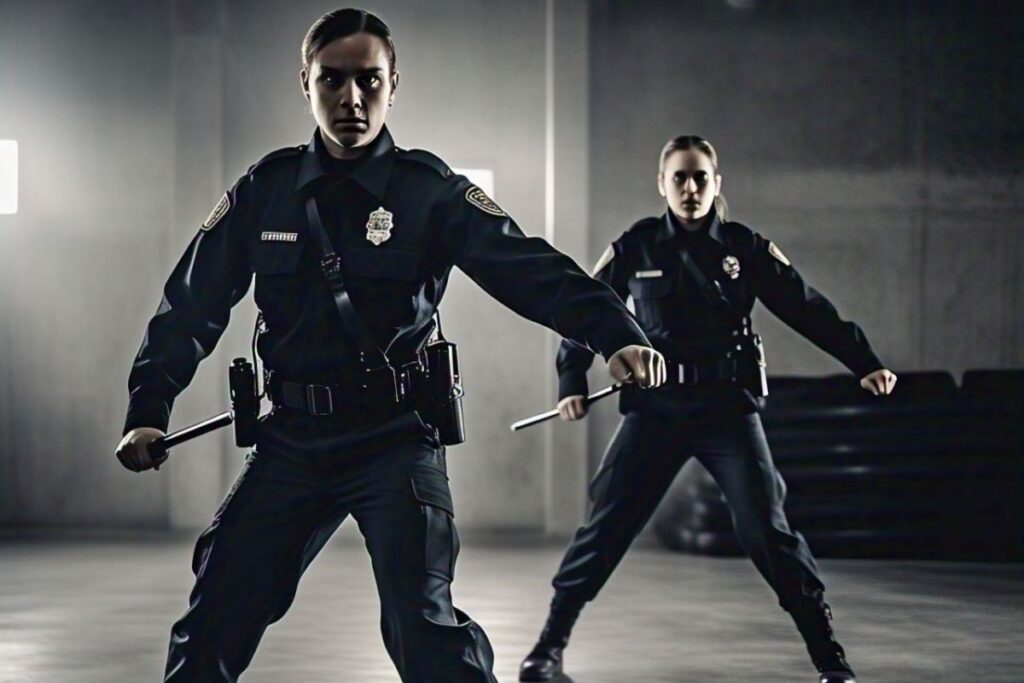
Escape and Evasion Tactics: Knowing When and How to Retreat
Escape and evasion tactics are just as important as engagement techniques in security. A skilled security guard knows when to remove themselves from a dangerous situation, prioritizing their own safety and the safety of those around them. Quick footwork and strategic movement allow guards to evade an aggressor’s reach, giving them time to assess the situation and decide on the next step. In high-risk areas, these skills can be life-saving, as they prevent guards from becoming overwhelmed in hostile situations.
Understanding the layout of the environment, including exits and safe routes, is fundamental to successful evasion. Guards should also be aware of any objects in their surroundings that could serve as barriers if they need to retreat. When working in areas prone to unexpected threats, escape and evasion are vital for keeping situations controlled and manageable. To understand more about guarding in high-risk areas, check out this article.

Self-Defense Tools and Their Responsible Use
Self-defense tools, such as pepper spray and batons, are non-lethal options that can be essential during a confrontation. However, proper training in the use of these tools is crucial to prevent misuse. Guards should understand when it’s appropriate to use pepper spray, and in what circumstances a baton might be necessary. The use of these tools must be responsible, ensuring that minimal force is applied to subdue or deter the aggressor effectively.
Guards should practice these techniques regularly to ensure they can deploy them efficiently if the need arises. The goal is always to prevent escalation rather than inflict harm, and tools should only be used when absolutely necessary. Understanding and respecting local laws surrounding self-defense tools also helps guards remain compliant while carrying out their duties. To learn more about the services where such self-defense tools are commonly utilized, visit Security Guard Services.
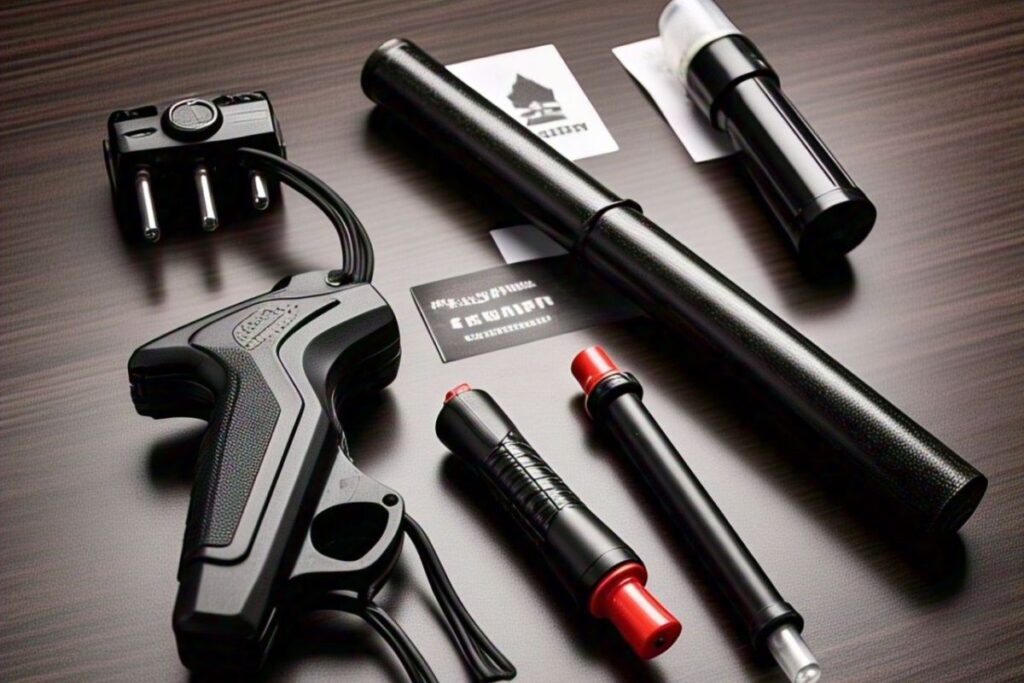
Legal and Ethical Considerations in Self-Defense
Legal and ethical training is essential for security guards who are regularly exposed to potentially dangerous situations. Understanding the concept of “reasonable force” allows guards to apply force within legal boundaries, protecting themselves while staying compliant with laws governing the use of force. This knowledge is especially critical in settings where the presence of guards is high-profile, such as during VIP protection or in educational institutions.
Ethical training instills the importance of maintaining public trust, prioritizing the well-being of all involved parties, and using self-defense measures only when absolutely necessary. Security guards are often seen as authority figures, and ethical conduct strengthens their reputation and the trust clients place in them. Knowing when and how to use self-defense measures ethically ensures that guards contribute positively to the environments they protect. For more on the importance of security guards in educational settings, you can read this detailed article.
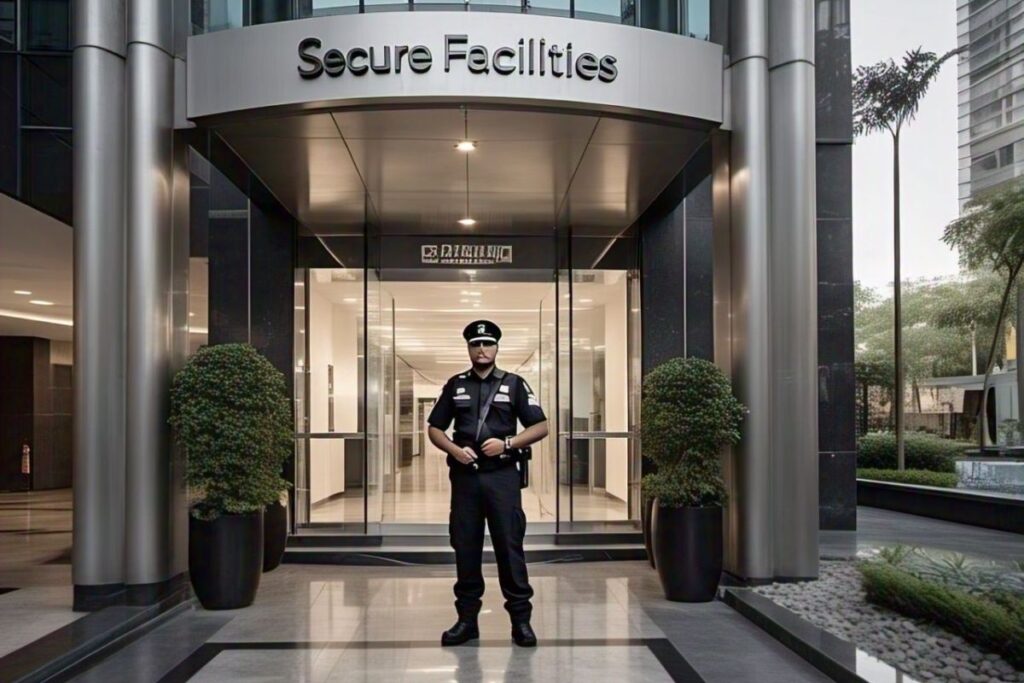
Conclusion
Mastering self-defense tactics is essential for security guards to effectively protect themselves and fulfill their roles. By staying aware of their surroundings, using de-escalation techniques, understanding physical defense, and being proficient with self-defense tools, security guards can maintain safety in a wide range of situations. Equipped with this knowledge, guards not only enhance their own safety but also create a secure environment for others, whether stationed in high-risk zones, at entry points, or providing VIP protection. These skills are not just about defending against threats; they’re about providing the most effective service to clients while upholding the security industry’s standards and ethical values.

